 For one night, all was well in Ferguson, Missouri. After a change in police command, violent protests decrying the shooting death of unarmed 18-year-old Michael Brown at the hands of white police officer Darren Wilson suddenly gave way to peaceful demonstrations.
For one night, all was well in Ferguson, Missouri. After a change in police command, violent protests decrying the shooting death of unarmed 18-year-old Michael Brown at the hands of white police officer Darren Wilson suddenly gave way to peaceful demonstrations.
A day later, Ferguson police, under pressure to disclose Wilson’s name, also revealed that Brown was suspected of stealing cigars from a local store before his deadly encounter with Wilson. That announcement was met with disbelief and anger by several residents, who said police were trying to smear Brown’s name to justify his shooting.
And the streets of Ferguson exploded anew.
Brown’s death is the latest illustration of deep divisions between minorities and police that have simmered for generations. Concern about the events playing out in Ferguson has coursed all the way up to the White House. President Barack Obama said Attorney General Eric Holder would go to Missouri this week to check on the independent federal investigation into Brown’s death.
“In too many communities around the country, a gulf of mistrust exists between local residents and law enforcement,” the president said.
The depth of this distrust becomes obvious in polling. While the unrest was occurring in Missouri, almost two-thirds of blacks — 65 percent — surveyed by the Pew Research Center said police went too far in their response to the Ferguson protests, while one-third of whites agreed and nearly another third said the police response has been about right. The Pew survey was conducted Aug. 14-17.
Police long have tried to overcome their image as symbols of oppression, images brought to the forefront during the civil rights movement by officers like Bull Connor turning attack dogs and water hoses on protesters in Alabama in 1963.
One factor that breeds distrust is racial disparity between police and the communities they serve, experts say. Ferguson is nearly 70 percent black, while the police department is more than 90 percent white.
Distrust is also fueled by a perception of unchecked police violence through the ages: the 1992 acquittal of four white Los Angeles police officers in the beating of black motorist Rodney King; the 1967 beating in Newark, New Jersey, of cab driver John Smith; Miami in 1980, after the acquittal of six white police officers in the beating death of black motorcyclist Arthur McDuffie; Cincinnati in 2001 after 19-year-old Timothy Thomas was shot and killed by a police officer. Rioting followed each of these cases.
“More African-Americans and Latinos believe police stop people without due cause, use excessive force and engage in verbal abuse than white Americans,” said Ronald Weitzer, a George Washington University sociology professor who has studied race and policing in the U.S. and internationally.
Brown was shot multiple times by Wilson on Aug. 9. Police have said little about the encounter, except that it involved a scuffle in which Wilson was injured and Brown was shot. Witnesses say Brown had his hands in the air as the officer fired multiple rounds.
Tensions boiled over after a candlelight vigil the next night, as looters smashed and burned businesses, while police fired tear gas and smoke bombs. Capt. Ron Johnson of the Missouri Highway Patrol, who is black, was placed in charge of security, a move that was cheered in Ferguson.
But things escalated again Aug. 15, after Ferguson police released Wilson’s name along with video they said showed Brown robbing a store shortly before he was killed. Brown’s family condemned the revelation.
Weitzer described several different forms of police behavior that breed distrust, particularly among black and Latino males. That included unwarranted stops of individuals on the street by police, such as New York police’s highly criticized “stop-and-frisk” tactic, he said.
“They’re not only more likely to be stopped by police and subjected to some kind of abuse, but it also happens repeatedly, and this is something we don’t see in the white community,” Weitzer said.
Although the St. Louis County medical examiner had conducted an autopsy, Brown’s family ordered their own. Family attorney Benjamin Crump said Monday that Brown’s parents “could not trust what was going to be put in the reports about the tragic execution of their child.” The Justice Department planned to conduct its own autopsy.
Without directly referencing the video revelation, Holder said he was troubled by “the selective release of sensitive information” surrounding Brown’s case, and said his agency would preserve the integrity of its investigation, “no matter how others pursue their own separate inquiries.”
“This is a critical step in restoring trust between law enforcement and the community, not just in Ferguson, but beyond,” Holder said.
American University professor Cathy Lisa Schneider, who wrote a book on urban unrest, said distrust breeds frustration with police when there is no avenue of redress “and usually an increasing intensity of police violence.”
It’s “almost always cases of where the local authorities are completely impervious to the concerns of people who are vulnerable to police violence and do not know how to stop it,” Schneider said. “It is the most potent symbol of racial domination and subjection. It is also the most painful.”
(AP)




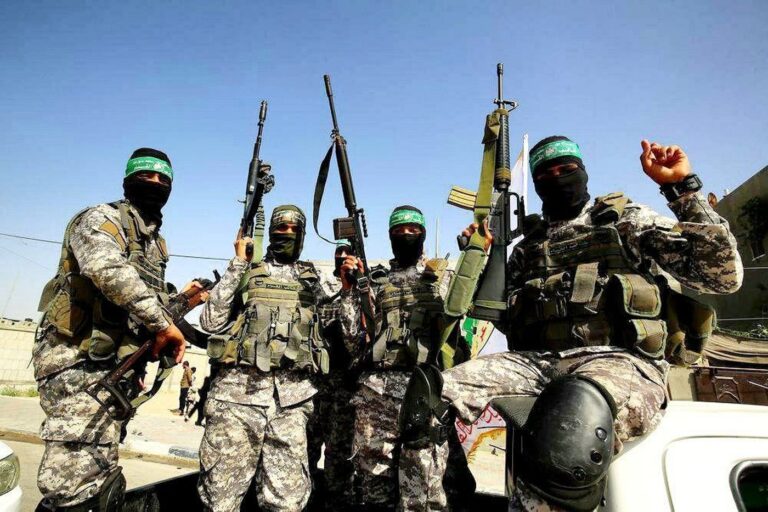

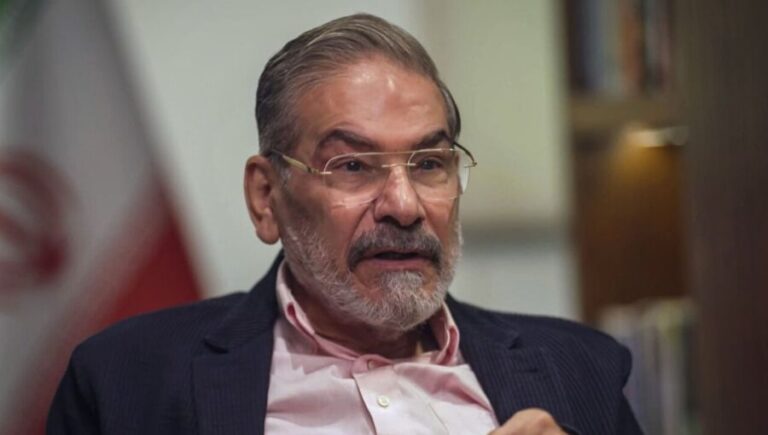
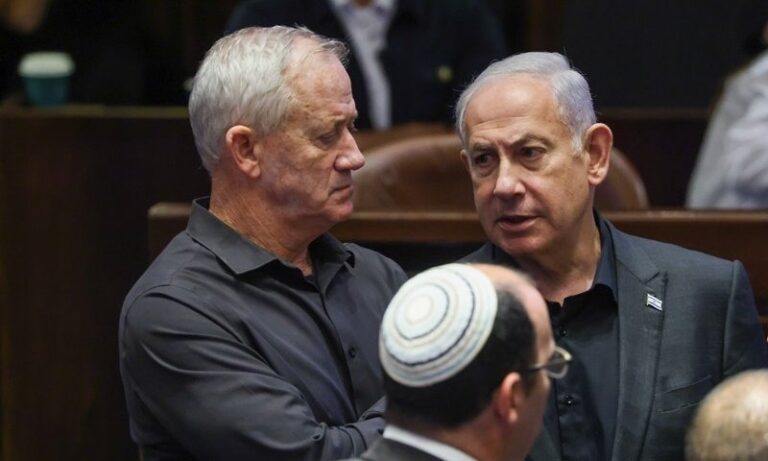

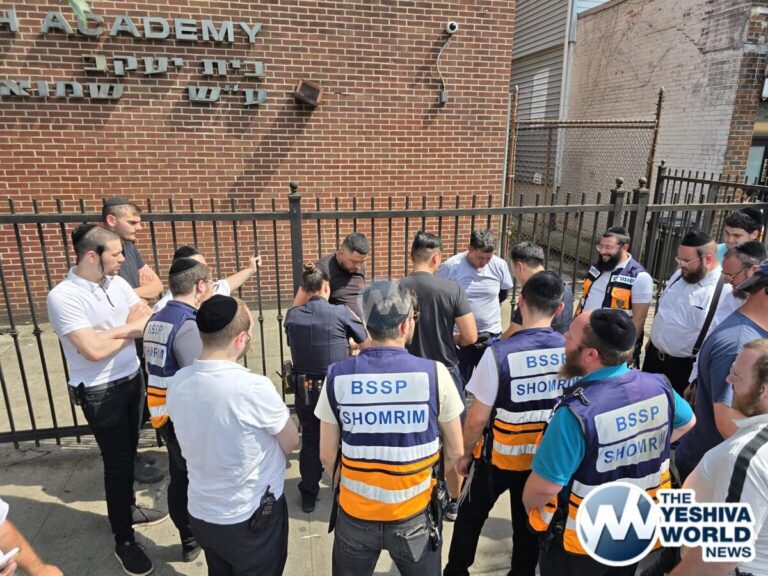
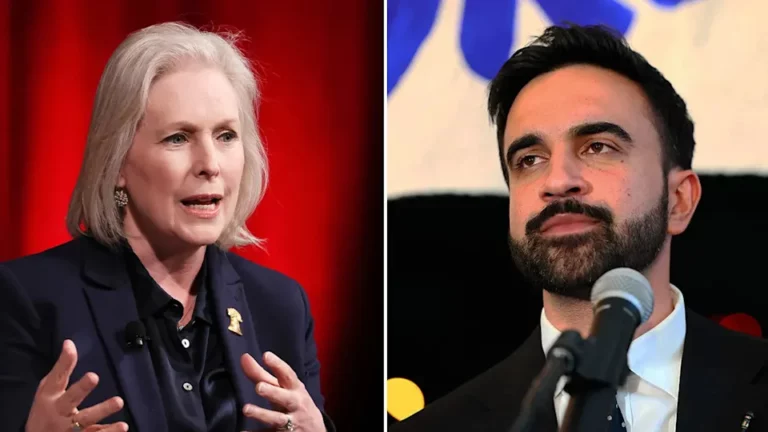
One Response
Maybe if they didnt deal like thugs things wud b different